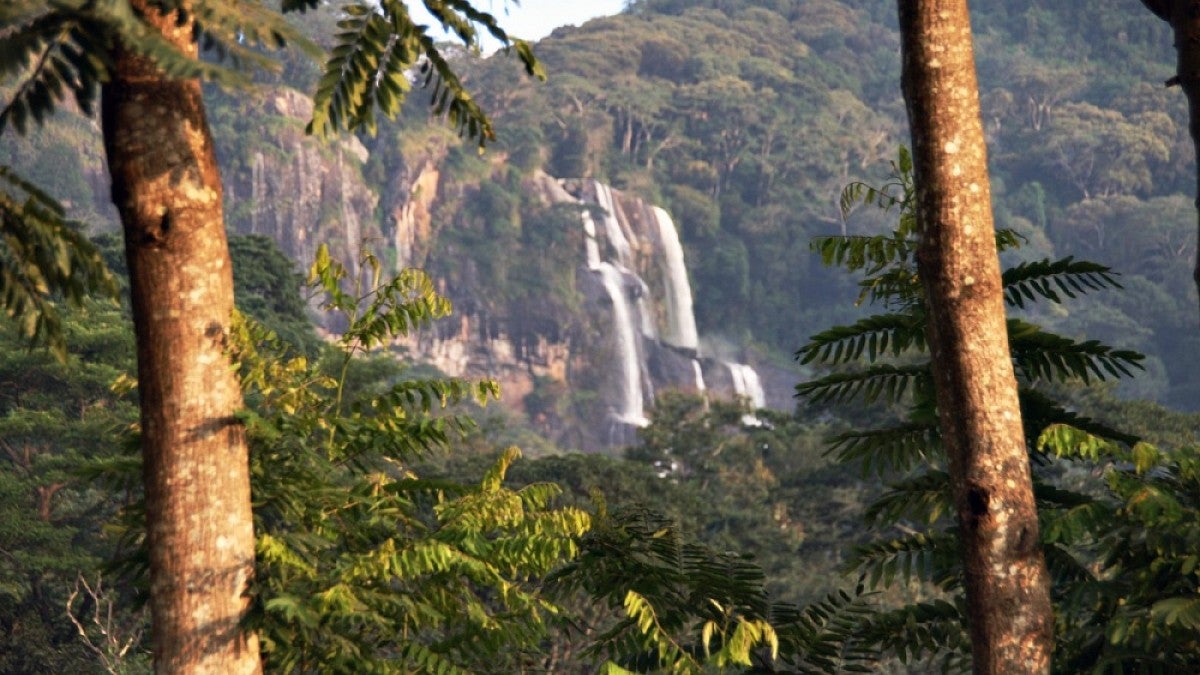According to the math, tropical forests around the world are teetering on the brink, reports a scientific team that includes UO Provost Jayanth Banavar.
“We are in the midst of an extinction crisis,” said Banavar, describing work he began as a physicist at the University of Maryland and completed at the UO. “We are losing species perhaps more rapidly than ever before. It is the biodiversity of the species that keeps our planet the way it is. These species have evolved over many, many millennia. A species once lost is gone forever.”
In an open-access paper put online Oct. 18 by the journal Science Advances, Banavar’s eight-member international team concluded that the forests are in “a critical state” in which the extinction of rare tree species could be a tipping point.
About two-fifths of the world’s trees are in tropical or subtropical forests, but of those, scientists have sampled far less than 1 percent.
With the new methodology, Banavar said, scientists can scale up projections on the biodiversity of any forest based on a minimum sampling size. The information gained, he said, could help guide conservation efforts.
The method uses a mathematical framework to expand information from a small plot of the Amazon rainforest, for example, to project a whole-forest view of species abundance. It uses a mechanistic model of birth, death and the immigration of new species and is exact under certain simplifying assumptions.
The researchers suggest that extremely rare species may be vitally important to maintaining biodiversity and forest survival amid worldwide climate change and human activities.
“Our approach shows that, on a global scale, relatively few species account for more than 50 percent of individual trees, while a high percentage of species have less than a thousand trees,” said study co-author Amos Maritan of the University of Padova in Italy. “In our interpretation, this indicates that the analyzed ecosystems behave as though they are poised in the vicinity of a critical point — a well-studied phenomenon in phase transitions in physical systems.”
The new methodology was tested on forest species populations both in computer simulations and on available data from 15 tropical forests.
“This method allows us to understand both how fragile the biodiversity is and how many species we should be focusing on with conservation efforts,” Banavar said. “As caretakers of this planet we want to nurture the species that we have, and we want to preserve life for the next generation.”
More details about the new approach are available in a separate news release.
—By Jim Barlow, University Communications


